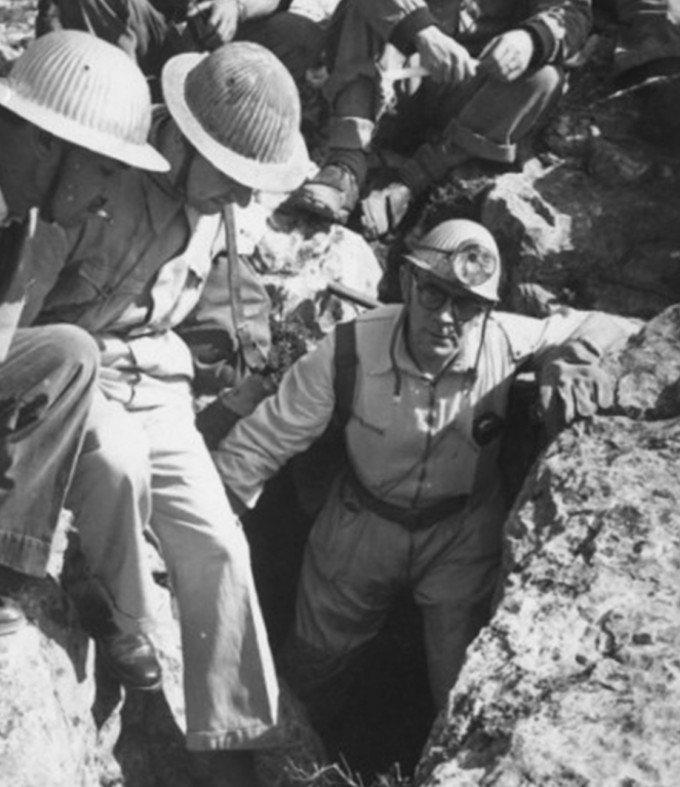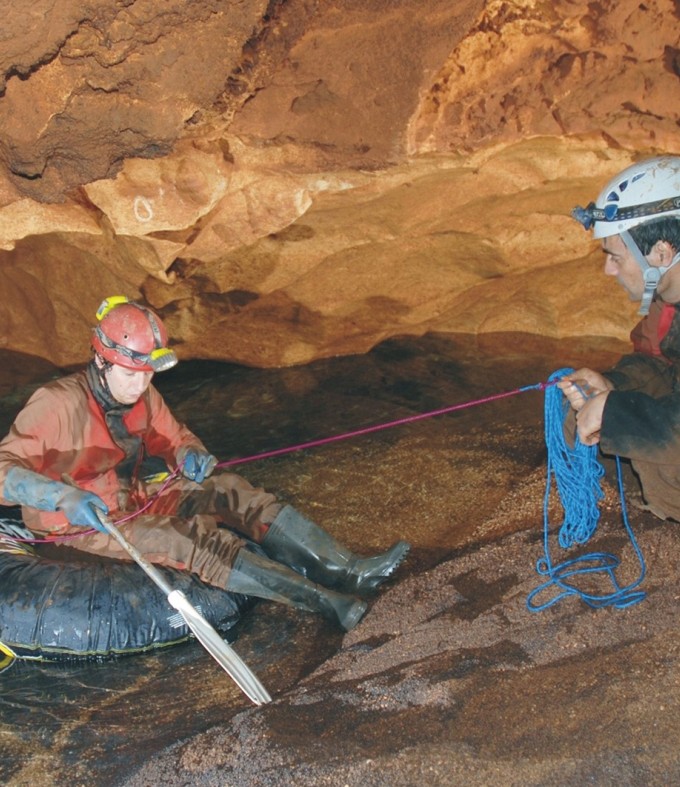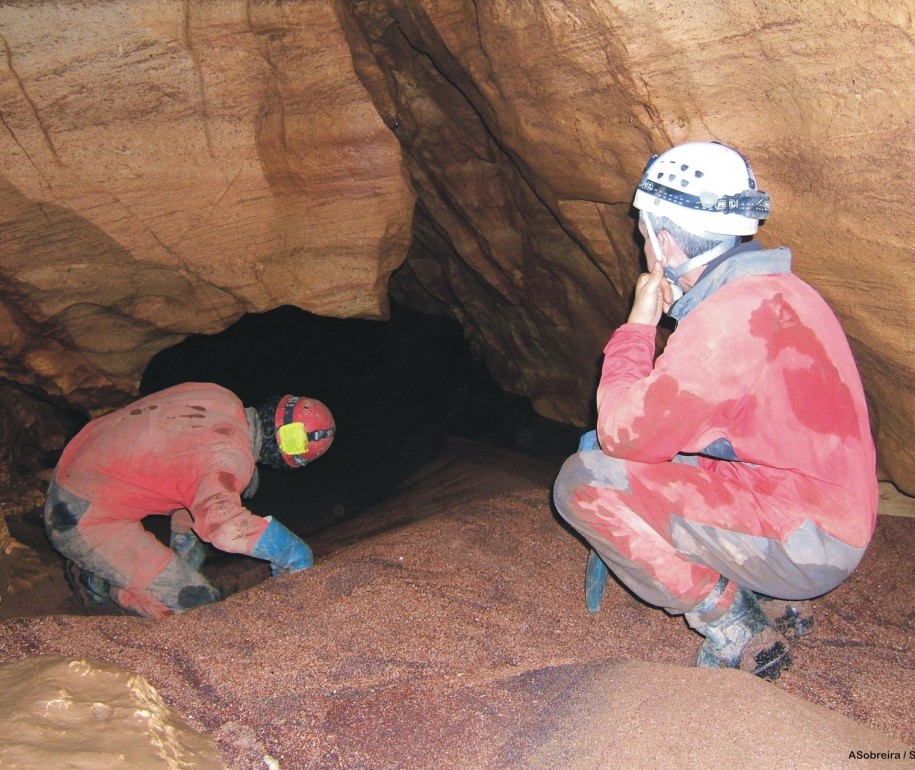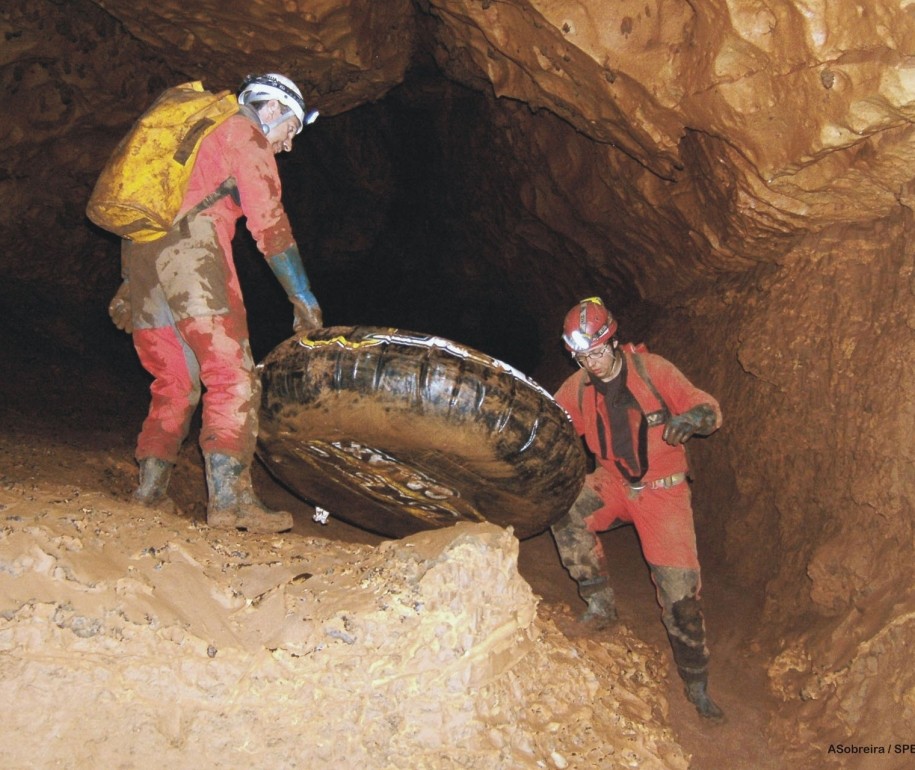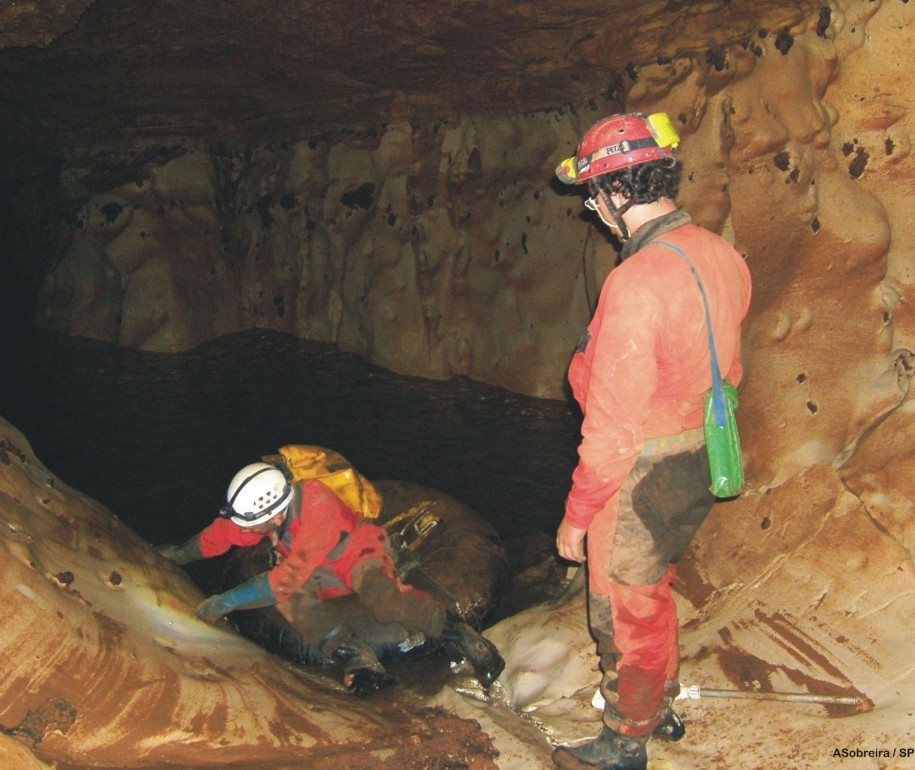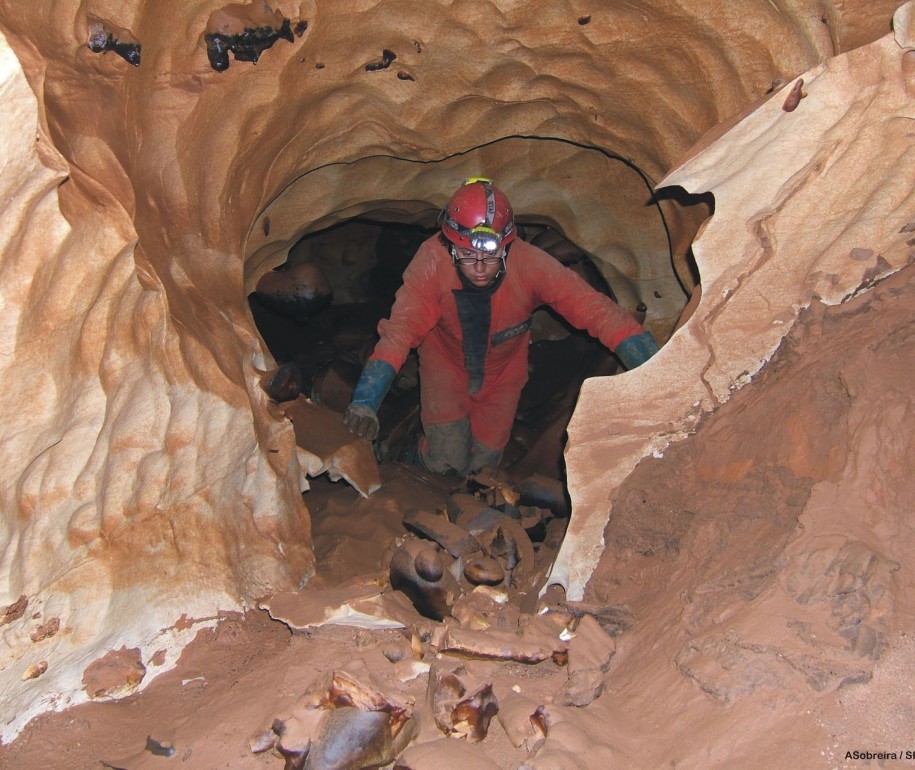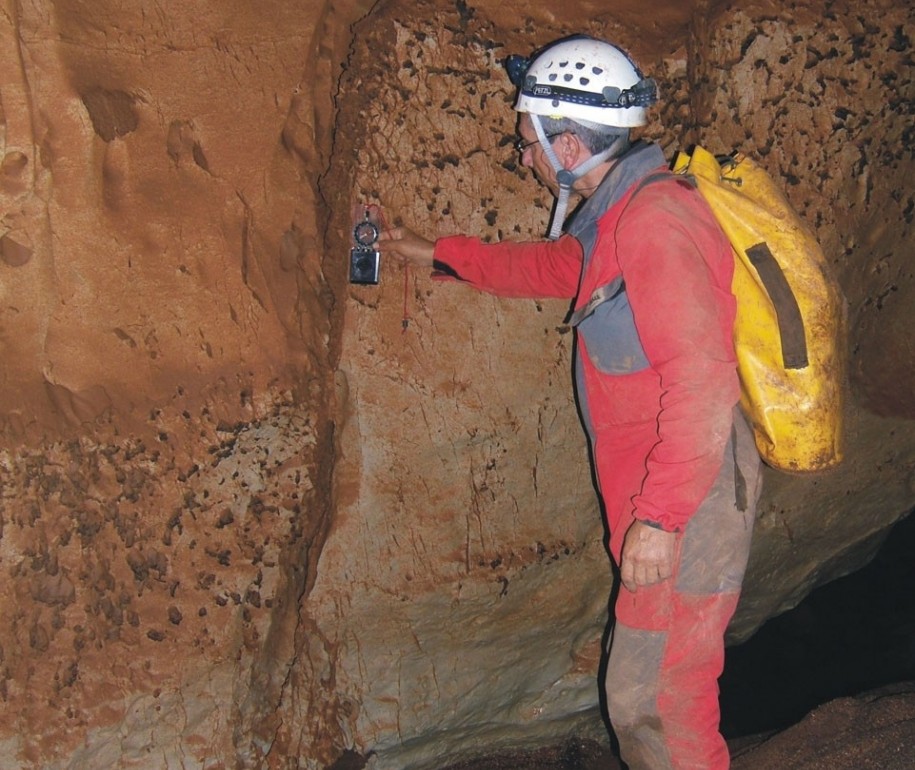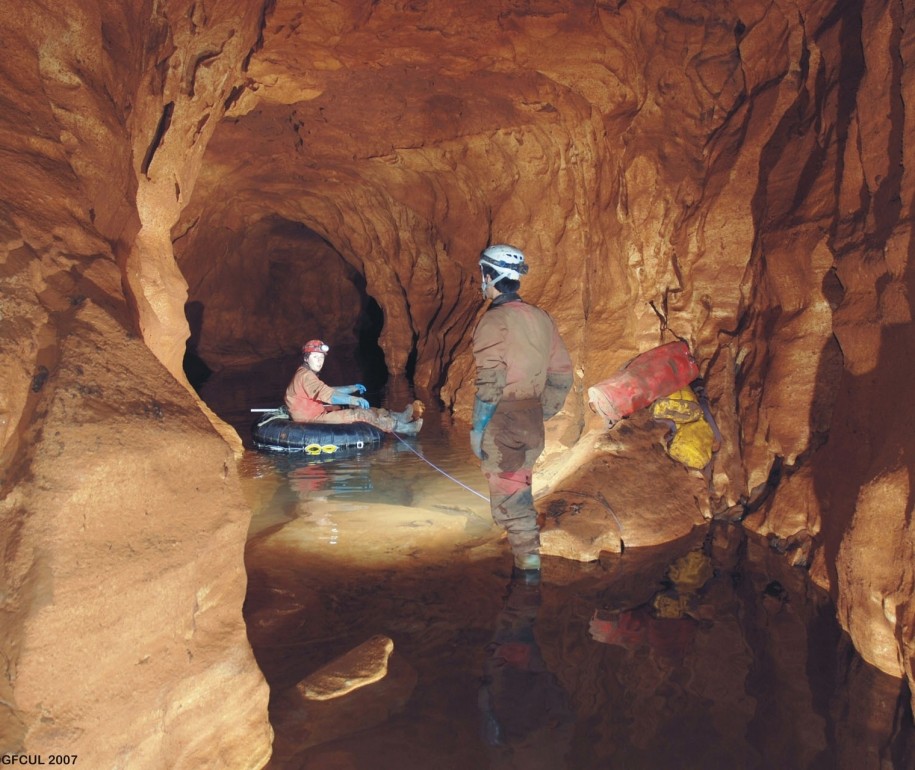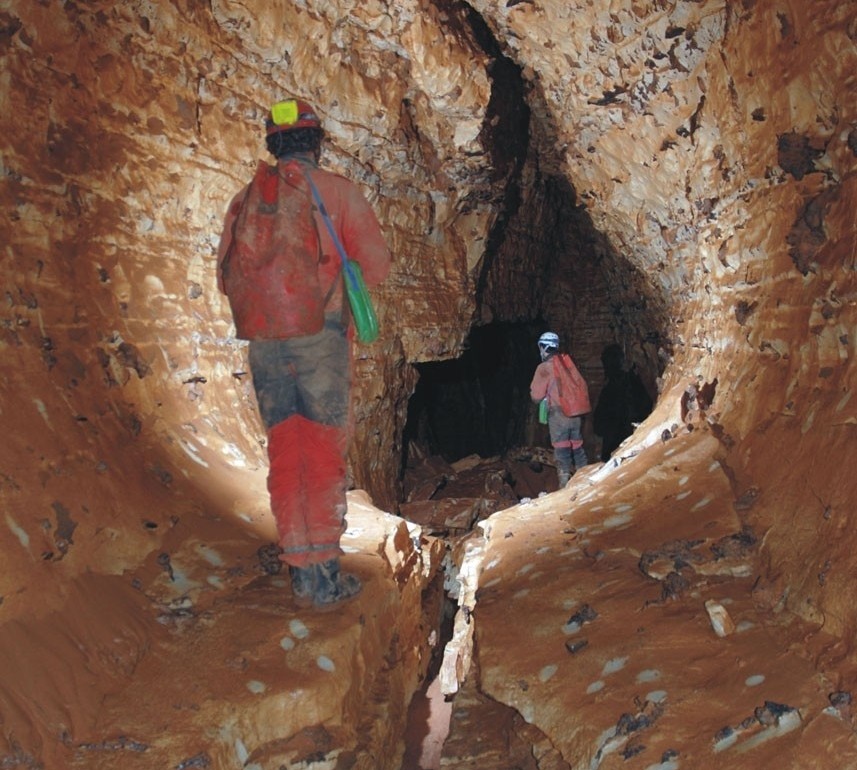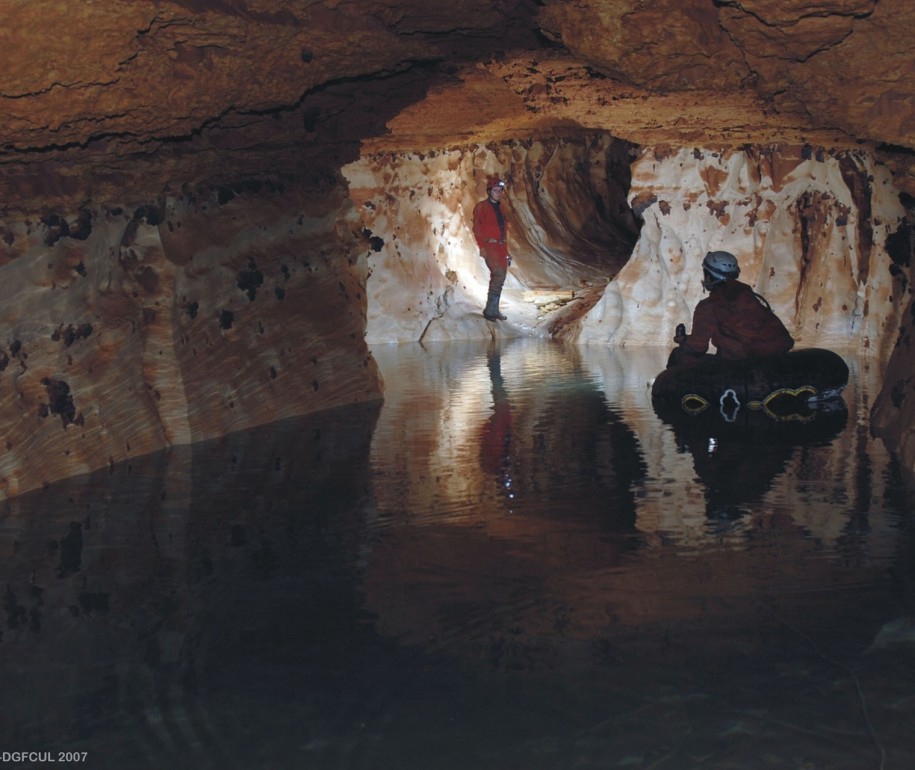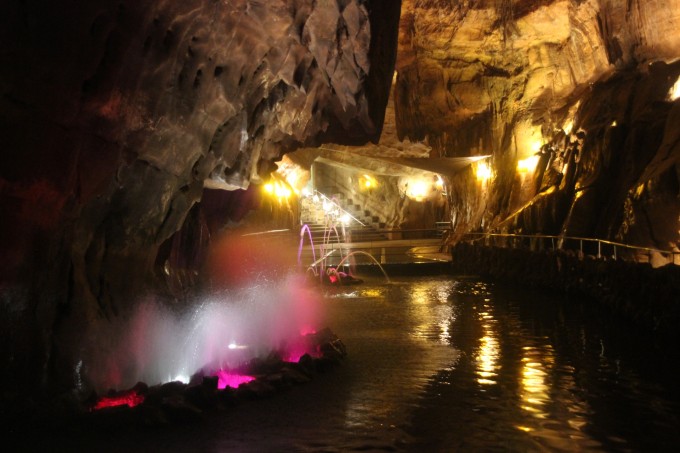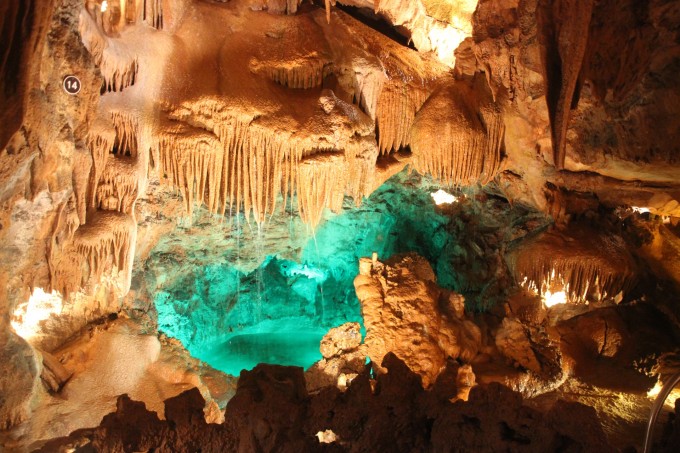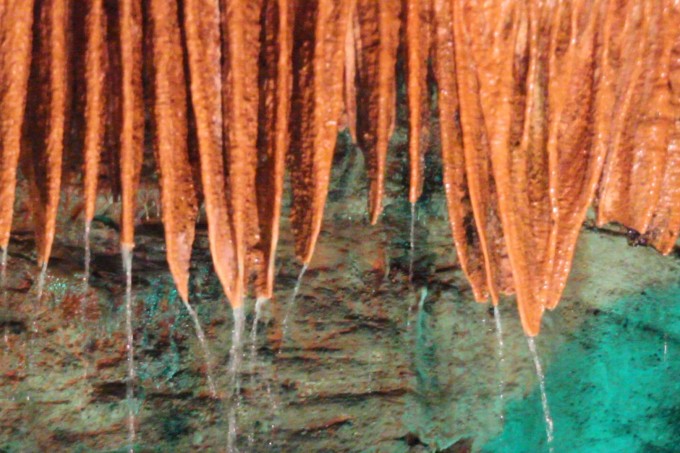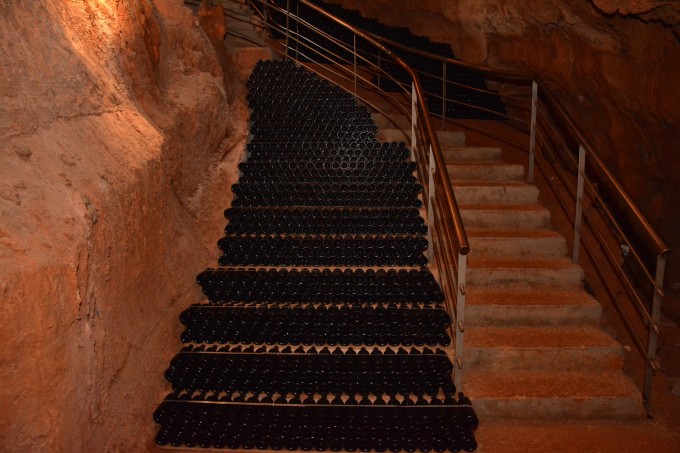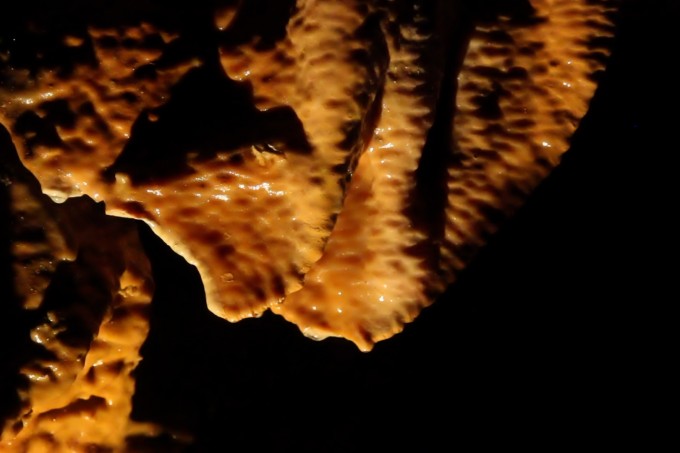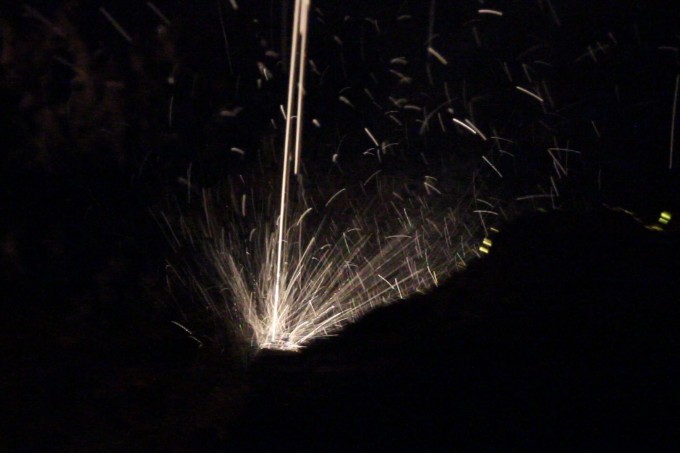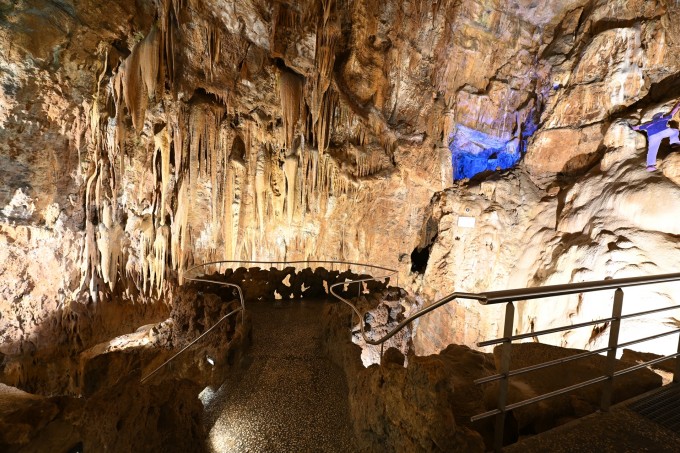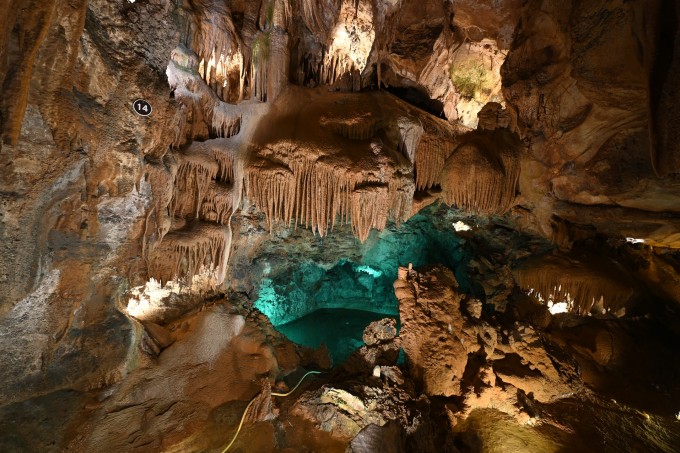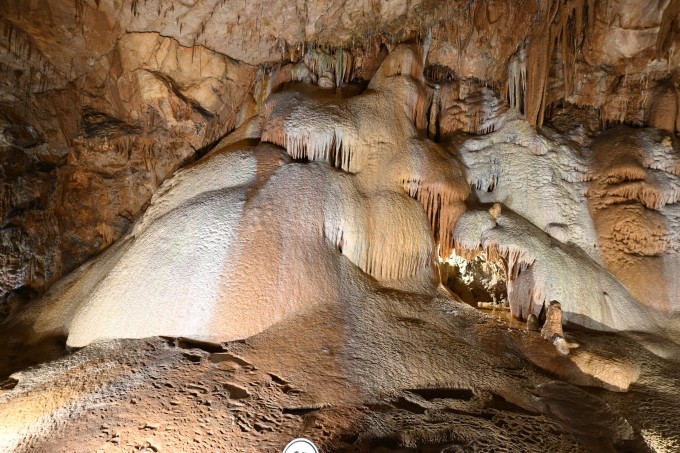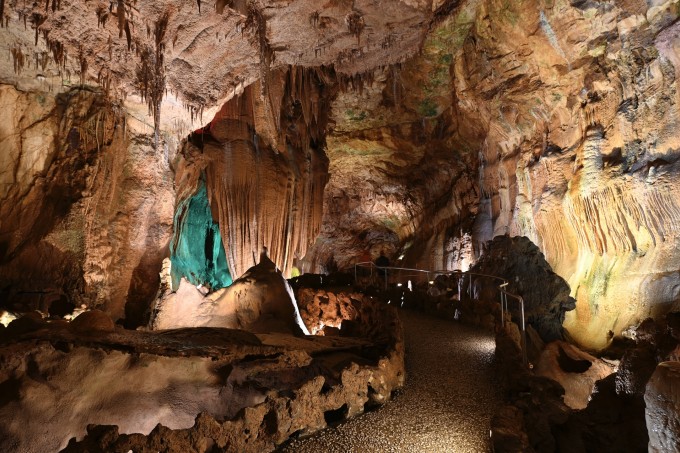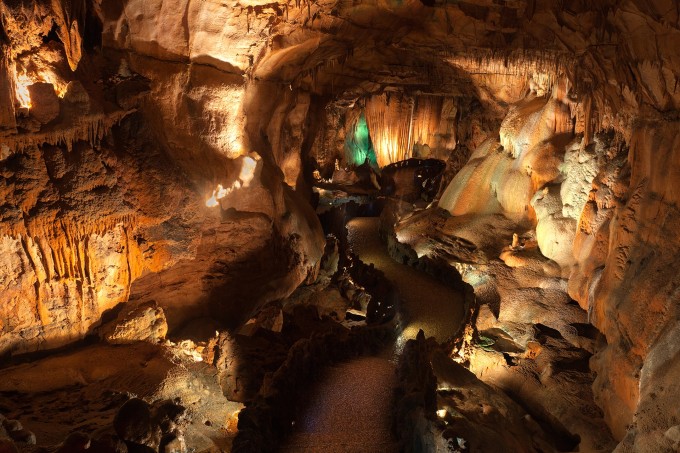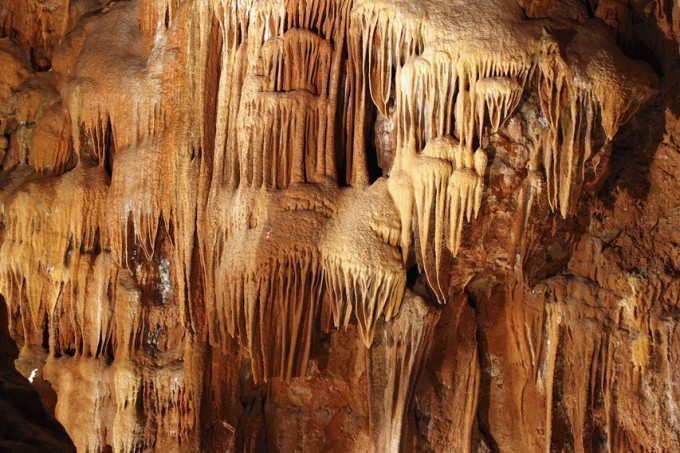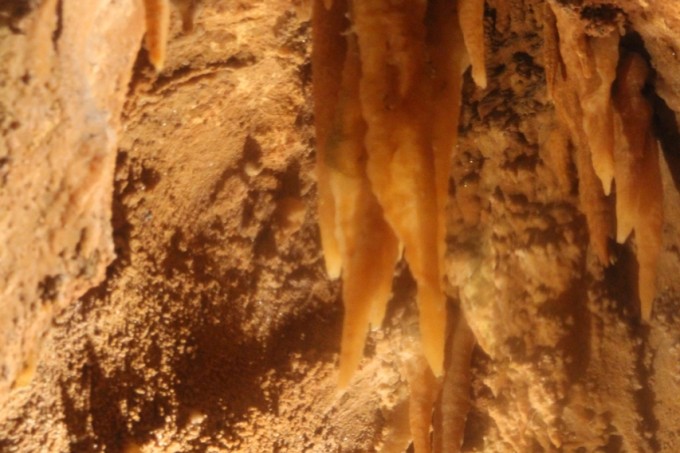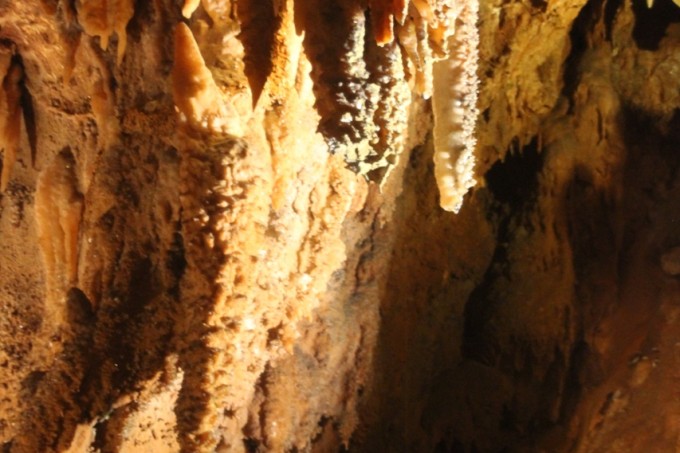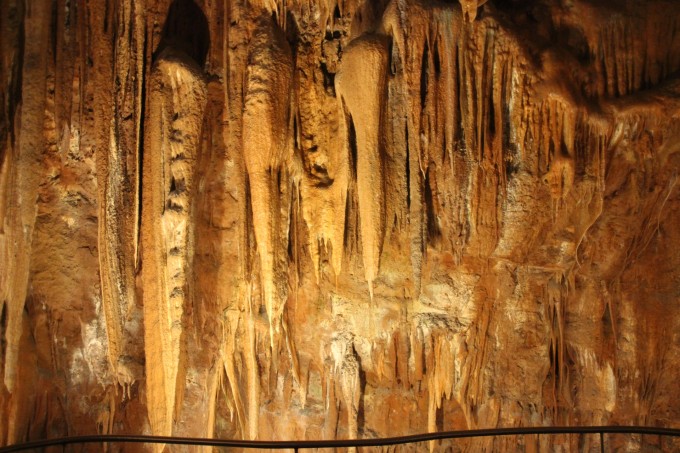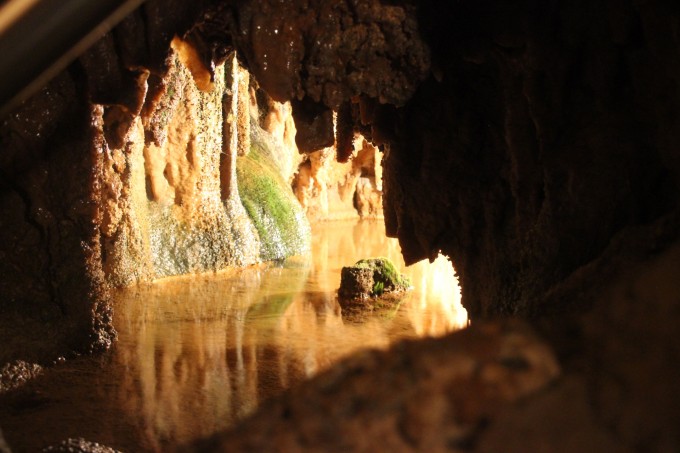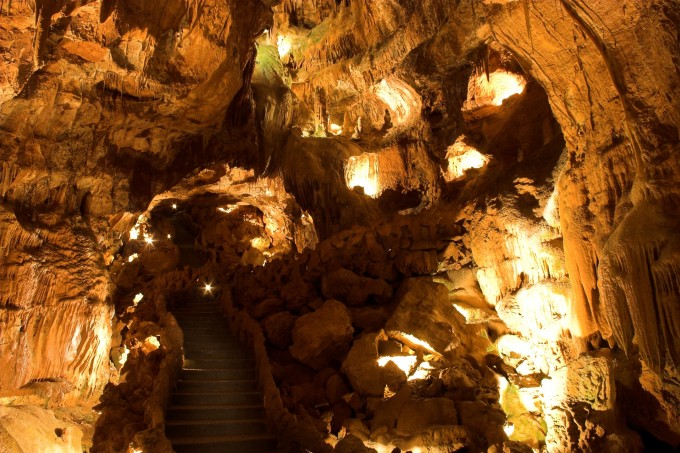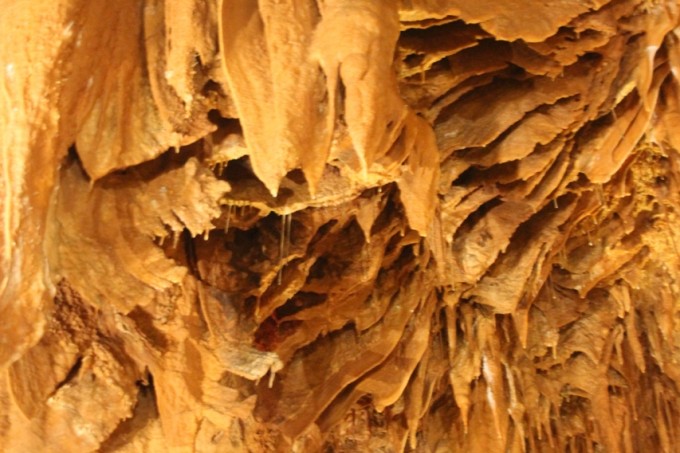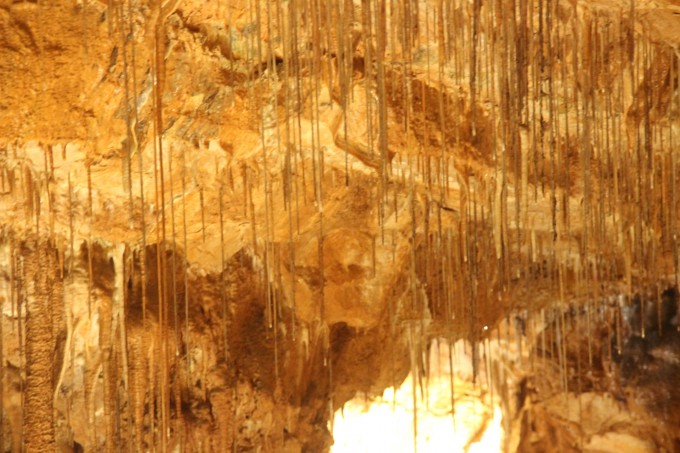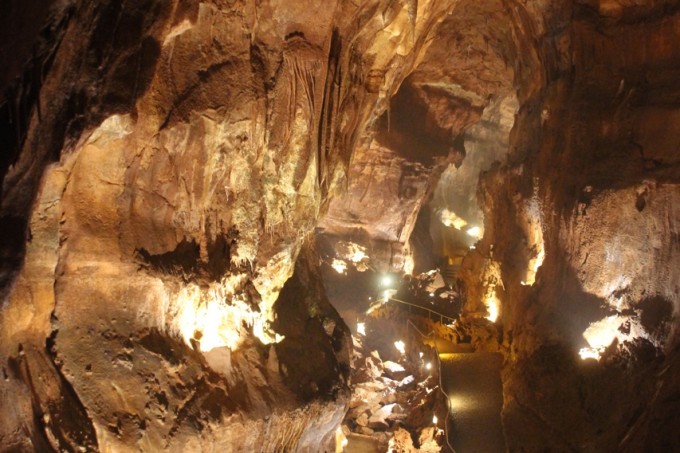The Portuguese Central region between Rio Maior, Alcobaça, Porto de Mós, Batalha, Leiria, Ourém, Torres Novas and Alcanena is occupied by Limestone Mountains, which form the Estremadura Limestone Massif. Of these the mains mountains are the Aire and Candeeiros.
This region is characterized for not being crossed by any rivers, since rainwater sips almost completely through the cracks in the rocks instead of streaming down the slopes to create rivers. Unlike other rocks limestone is dissolved by water, which sculpts curious formations, small sinks and pots, ridges and high pedestals. These are called limestone pavement by the scientists that study them and are classified according to their origin, shape and dimensions.
Another trace of limestone regions is the existence of closed depressions with rocky slopes and the bottom covered by red clayish soils. In the region theses depressions are known as ?covões? and the soil as ?Felgar?. Scientists call the depressions sinkholes and terra rossa to these soil which are characteristic of all limestone regions across the Mediterranean.
Unlike limestone pavements, of naked rock that only goats dare to cross, sinkholes are the rare locations where agriculture is possible, corn, potatoes and other species that don?t demand a lot of water are the preferred cultures. However with some ingenuity and effort, man spread wherever it could thousands of olive trees taking advantage of the smallest bits of soil.
Where the soil was scarce, it was necessary to dig out rocks which were set as walls also very typical of limestone regions.
By penetrating the fissures of the rocks, water expands them by dissolution and transforms them in large corridors or in natural well, which are known as pit cave.
It was on one of these pit caves existing on the place called ?Moinhos Velhos? (old windmills), a very small one at that, and apparently like so many other that in 1947 some inhabitants of Mira de Aire entered and thus discovered the cave.
Continue reading
Hide Text

